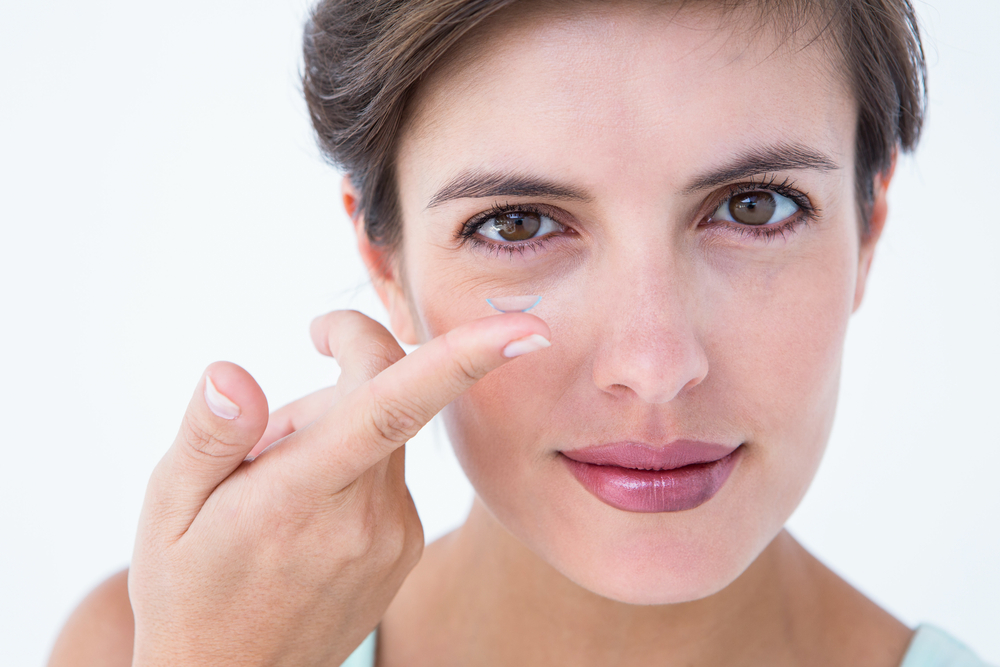
Dry eye is a common condition that affects millions of people worldwide. For individuals who wear contact lenses, dry eye can pose additional challenges and make wearing lenses uncomfortable. Understanding the impact of dry eye on contact lens wearers is crucial for effectively managing this condition and ensuring optimal comfort and clarity.
Common Challenges Faced by Contact Lens Wearers with Dry Eye
Contact lens wearers with dry eye often face a unique set of challenges compared to those without this condition. Dry eye can cause significant discomfort and irritation for contact lens wearers. The lack of moisture on the surface of the eyes can lead to a feeling of dryness, grittiness, and a constant urge to rub the eyes. These symptoms can be exacerbated by the presence of contact lenses, making it challenging to wear them comfortably for extended periods.
When the eyes are dry, the tear film becomes unstable, resulting in blurred vision. This can be especially problematic for contact lens wearers as the lenses can further disrupt the tear film, leading to even more significant visual disturbances.
Dry eye can compromise the health of the ocular surface, making contact lens wearers more susceptible to eye infections. Insufficient lubrication can lead to corneal abrasions, which can create an entry point for bacteria and other microorganisms. Additionally, the accumulation of debris and protein deposits on the lenses can further increase the risk of infections.
How to Manage Dry Eye While Wearing Contact Lenses
While dry eye can pose challenges for contact lens wearers, there are several strategies that can help address discomfort and manage this condition effectively. By implementing these strategies, individuals can continue to wear contact lenses comfortably while minimizing dry eye symptoms.
One of the most effective ways to alleviate dry eye symptoms while wearing contact lenses is to use lubricating eye drops. These drops help to replenish moisture on the surface of the eyes and provide relief from dryness and discomfort. It is important to choose preservative-free eye drops specifically formulated for use with contact lenses to avoid any potential interactions or damage to the lenses.
Maintaining proper lens care and hygiene is essential for contact lens wearers with dry eye. This includes regularly cleaning and disinfecting the lenses as per the manufacturer's instructions. Proper lens care helps to prevent the buildup of debris and protein deposits, which can further exacerbate dry eye symptoms and increase the risk of eye infections.
Exploring Types of Contact Lenses
Not all contact lenses are created equal, and some types may be more suitable for individuals with dry eye. When selecting contact lenses, it is essential to consider factors such as breathability, water content, and lens material.
Silicone hydrogel lenses are a popular choice for individuals with dry eye as they offer enhanced breathability and moisture retention. These lenses allow more oxygen to reach the cornea, reducing the risk of dryness and discomfort. Silicone hydrogel lenses have a higher water content, which helps to keep the eyes hydrated throughout the day.
Daily disposable lenses are a great option for individuals with dry eye as they provide a fresh pair of lenses every day. These lenses eliminate the need for cleaning and disinfecting, reducing the risk of debris buildup and contamination. Additionally, daily disposable lenses tend to have a higher water content, which can help keep the eyes hydrated and comfortable.
Hybrid lenses combine the best features of both soft and rigid gas permeable lenses. They have a rigid center for clear vision and a soft outer skirt for enhanced comfort. The rigid center allows better tear exchange and reduces the risk of dryness, while the soft outer skirt provides a cushioning effect for the eyes. Hybrid lenses are a suitable choice for individuals with dry eye who desire both clarity and comfort.
Consulting an Optometrist for Dry Eye Treatment
While implementing self-care strategies can help alleviate dry eye symptoms, it is crucial to consult an optometrist for proper management. An optometrist can conduct a comprehensive eye examination to determine the underlying cause of dry eye and recommend the most appropriate treatment options. They can also assess the suitability of contact lenses and provide guidance on lens selection, usage, and care.
Additionally, an optometrist can offer personalized advice on managing dry eye symptoms while wearing contact lenses. They may recommend specific lubricating eye drops, prescribe medicated eye drops, or suggest alternative lens options based on individual needs and preferences. Regular follow-up visits with an optometrist are essential to monitor the condition and ensure optimal eye health.
Achieving Clear and Comfortable Vision with the Help of Barnett Eyecare & Eyewear
Understanding the impact of dry eye on contact lens wearers is essential for effectively managing this condition and minimizing discomfort. Consulting an optometrist is key to ensuring proper management and maintaining optimal eye health. Take the necessary steps to address dry eye symptoms and enjoy the benefits of wearing contact lenses without discomfort.
If you are a contact lens wearer experiencing dry eye symptoms, schedule a consultation with our optometrist and discover the best solution for managing dry eye and ensuring comfortable lens wear. Visit Barnett Eyecare & Eyewear at our office in Billings, Montana, or call (406) 652-4455 to book an appointment today.









